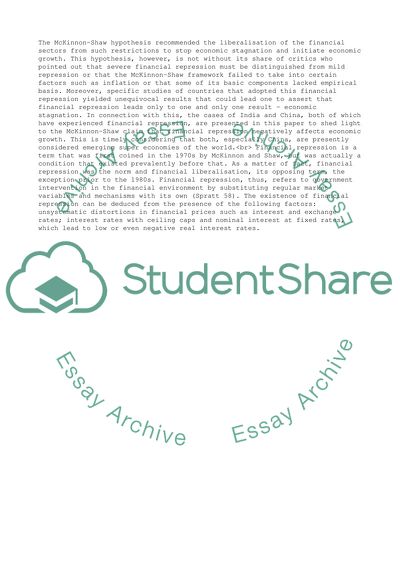Cite this document
(“Effects on Economic Growth by Financial Repression Essay”, n.d.)
Effects on Economic Growth by Financial Repression Essay. Retrieved from https://studentshare.org/business/1576472-how-do-you-understand-financial-repression-critically-discuss-its-effects-on-economic-growth
Effects on Economic Growth by Financial Repression Essay. Retrieved from https://studentshare.org/business/1576472-how-do-you-understand-financial-repression-critically-discuss-its-effects-on-economic-growth
(Effects on Economic Growth by Financial Repression Essay)
Effects on Economic Growth by Financial Repression Essay. https://studentshare.org/business/1576472-how-do-you-understand-financial-repression-critically-discuss-its-effects-on-economic-growth.
Effects on Economic Growth by Financial Repression Essay. https://studentshare.org/business/1576472-how-do-you-understand-financial-repression-critically-discuss-its-effects-on-economic-growth.
“Effects on Economic Growth by Financial Repression Essay”, n.d. https://studentshare.org/business/1576472-how-do-you-understand-financial-repression-critically-discuss-its-effects-on-economic-growth.


